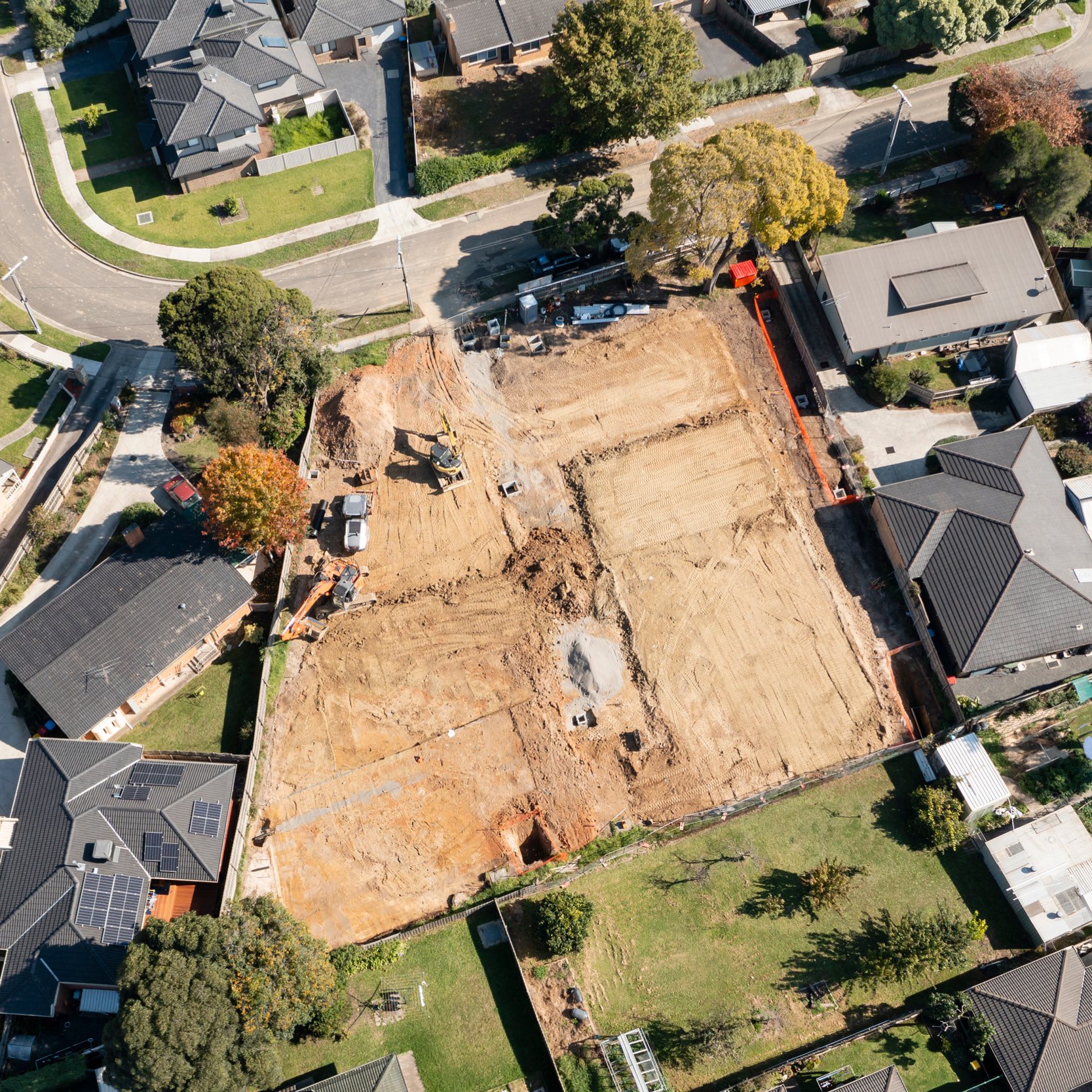Rural RoL Refusal Reaffirmed: The Planning and Environment Court of Queensland confirms the refusal of a development application which would fragment rural land
By Ashleigh Foster
Danma Property Pty Ltd v Western Downs Regional Council [2023] QPEC 41 concerned an appeal to the Planning and Environment Court of Queensland against council's refusal of development application for lot reconfiguration at Red Hill.
In brief
The case of Danma Property Pty Ltd v Western Downs Regional Council [2023] QPEC 41 concerned an appeal to the Planning and Environment Court of Queensland (Court) against the Western Downs Regional Council's (Council) decision to refuse a development application for reconfiguring a lot (1 lot into 2 lots) (Proposed Development) with respect to land located at Red Hill Road, Red Hill (Land).
The Court considered three issues:
-
whether the Proposed Development would result in the fragmentation of rural land contrary to the Western Downs Planning Scheme 2017 Amendment 1 (Planning Scheme);
-
whether the Proposed Development would satisfy a community need; and
-
whether there are any relevant matters in support of the Proposed Development.
The Court upheld the Council's decision to refuse the development application for the Proposed Development after finding that the Proposed Development would result in non-compliance with provisions of the Planning Scheme regarding the fragmentation of rural land and that there was no community need or other relevant matter which justified approval of the Proposed Development despite the non-compliance with the Planning Scheme.
Court finds that the Proposed Development would result in the fragmentation of rural land contrary to the Planning Scheme
The Land is identified by a map in the Strategic Plan in the Planning Scheme as rural land, and more particularly agricultural land. The Council argued that the Proposed Development did not comply with various provisions of the Planning Scheme which required the prevention and avoidance of the fragmentation of rural land, including provisions within the Strategic Plan, Rural Zone Code, Reconfiguring a Lot Code and Natural Resources Overlay Code (see [12] to [13]).
The Appellant argued that the Proposed Development would not result in "…any meaningful or practical fragmentation of rural land", because the Land was already fragmented in "every practical sense" by an existing Community Title Scheme that applied exclusive use rights to parts of the Land (see [16] to [19]).
The Appellant also noted the following contextual considerations in support of its argument (at [20]):
-
Whilst the Land is identified as rural land by the Planning Scheme, the Land has an area of 17.62 hectares which is less than 2% of the minimum lot size area required by the Rural Zone Code and less than 3% of the minimum lot size area required by the Natural Resources Overlay Code.
-
The uses occurring on the Land are consistent with the uses intended for the rural zone by the Planning Scheme.
The Court emphasised that the Planning Act 2016 (Qld) (Planning Act) and relevant categorising instruments treated community title schemes differently to subdivisions. The Court relevantly noted that the Community Title Scheme adopts a building format plan which creates an individual title only in respect of the buildings identified on the Land and the adoption of the Community Title Scheme is placed outside of the Council's planning controls (see [26] to [32]).
The Court found that there is "…no division or separation of the land, in any legal or practical sense" under the Community Title Scheme and it therefore followed that the Proposed Development would result in the fragmentation of rural land contrary to the provisions of the Planning Scheme which present strongly against the fragmentation of rural land (at [31] and [34]).
Court finds that there is not a community need to justify approval of the Proposed Development
Whilst the Planning Scheme requires that fragmentation of the Land is avoided, it provides exceptions where there is, for example, "over-riding need for the development in terms of public benefit" (at [37]).
Whilst the evidence of the respective town planning expert witnesses was that there is no identified community need for the Proposed Development, the Appellant's town planning expert witness (Town Planner) opined that the Proposed Development would not result in any adverse community impact (at [39]). However, the Court disagreed with the Town Planner's opinion in this regard and found the following:
-
the Town Planner was seeking to apply a test to the Proposed Development which is not the test that is required by the Planning Scheme (at [40]);
-
an adverse impact would arise because the fragmentation of the Land would make the Land more attractive to purchasers who would use the Land for "lifestyle rural residential occupancy" contrary to the Planning Scheme's intention to preserve the Land for rural use (at [42]);
-
the Town Planner's reasoning relied on the incorrect assumption that the Proposed Development would not result in any practical fragmentation of the Land (at [43]).
The Court found that in circumstances where there is no community need for the Proposed Development, greater weight should be ascribed to the Proposed Development's non-compliance with the Planning Scheme with respect to the fragmentation of the Land (at [45]).
Court finds that there are no relevant matters deserving substantial weight to justify approval of the Proposed Development
The Appellant contended that the existing approval given by the Council for a material change of use allowing multiple dwellings on the Land was a matter that favoured approval of the Proposed Development because the Proposed Development is consistent with the historic use of the land for two separate households (at [48]).
However, the Court did not agree that this matter favoured approval because the existing approval for a material change of use was given in respect of the Land in its current undivided state [at [49]).
The Appellant also argued that the absence of negative impacts from the Proposed Development should be considered as a matter that favours the approval of the Proposed Development (at [50]).
Whilst the Court agreed that the absence of negative impacts can be a matter which favours approval of a proposed development, the Court found that the Proposed Development could result in an adverse impact by compromising the policy underpinning the Planning Scheme and the ability of the Planning Scheme to protect the intended use of the Land (see [51] to [53]).
The third matter that the Appellant asked the Court to consider was the "improved utilisation" of the Land (at [55]). In particular, the Appellant argued that the Proposed Development would result in improved efficiency with respect to utility infrastructure and the co-ordination of utility bills and insurance (at [57]).
The Council argued that this matter involved reliance upon the personal circumstances of the owners of the Land which is a matter expressly excluded by section 45(5)(b) of the Planning Act (at [56]).
The Court found that there was no relevant matter deserving substantial weight which would justify the approval of the Proposed Development in light of the significant non-compliance with the requirements of the Planning Scheme (at [58]).
Conclusion
The Court confirmed the Council's decision to refuse the development application for the Proposed Development.


